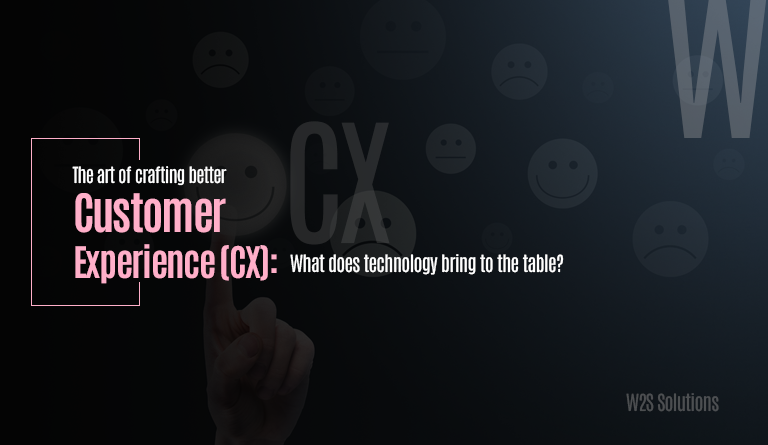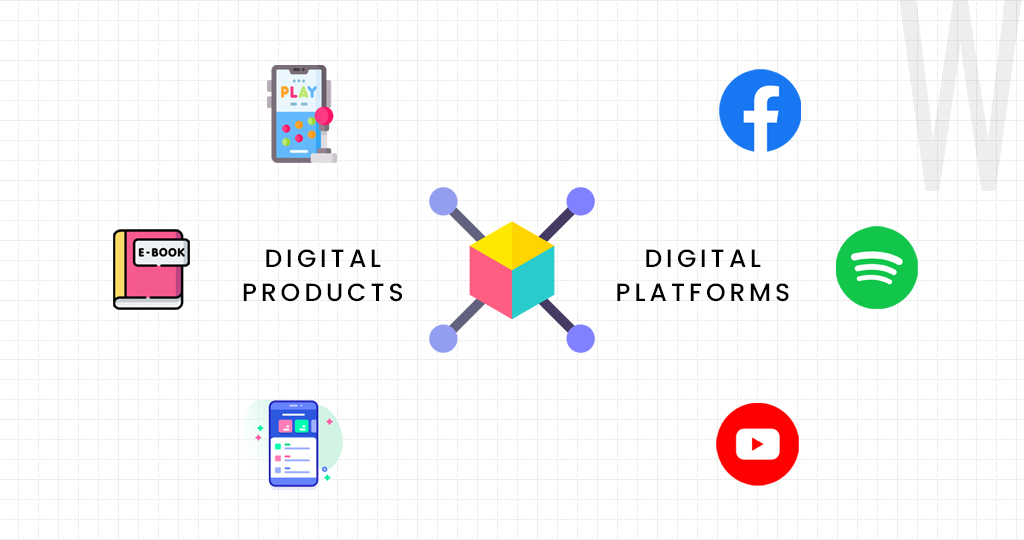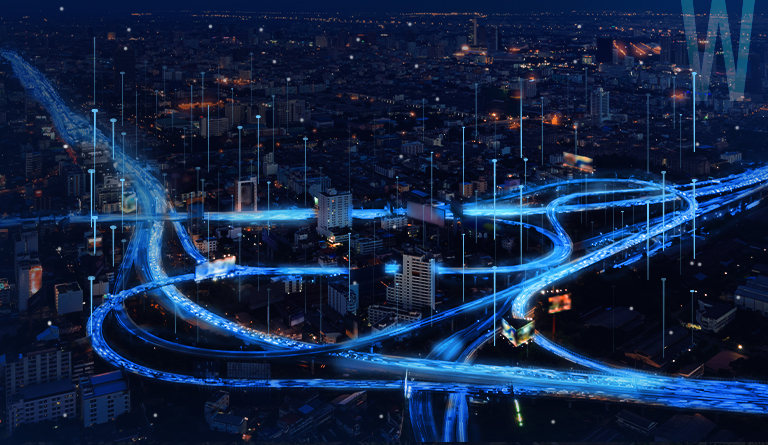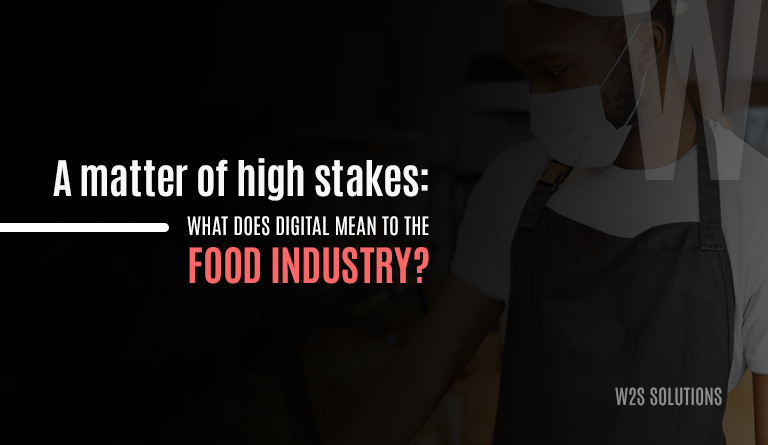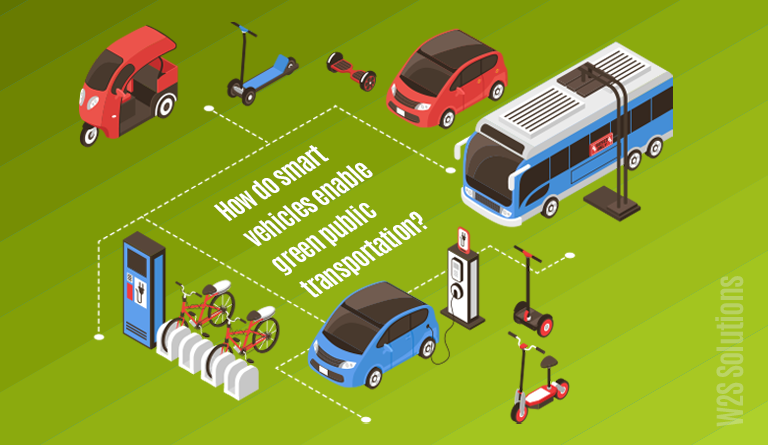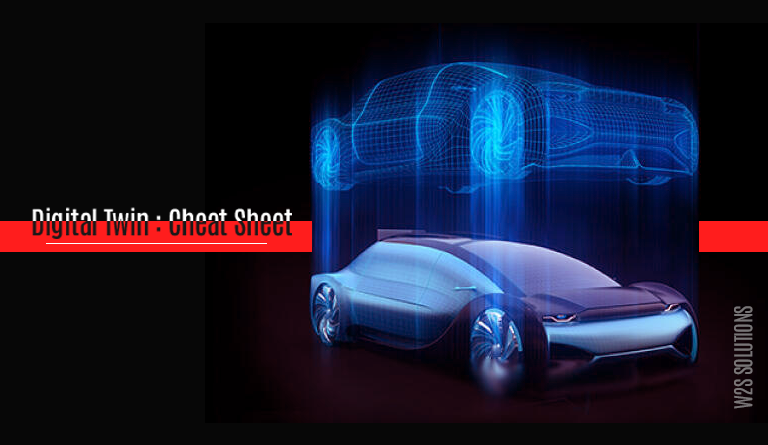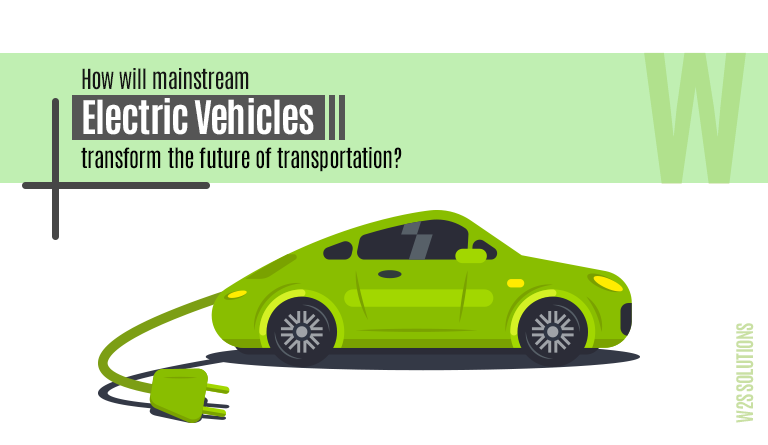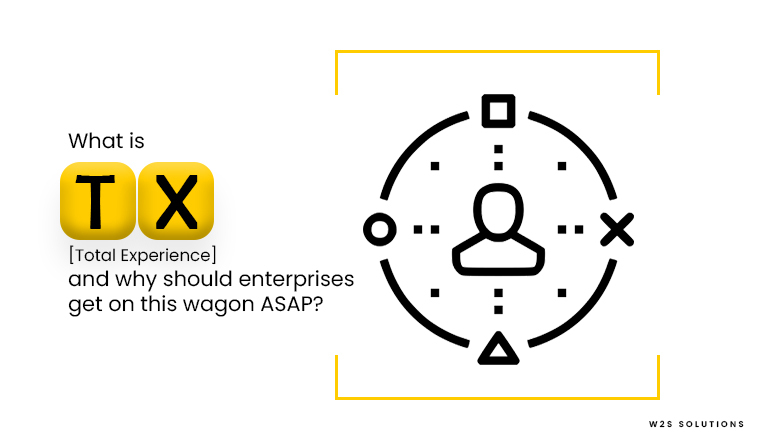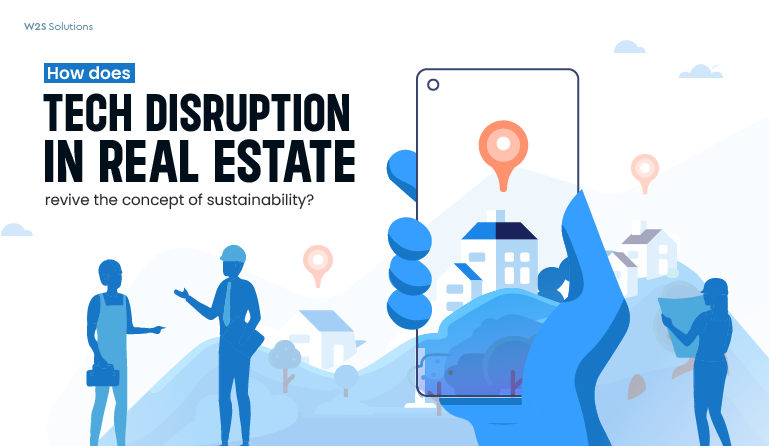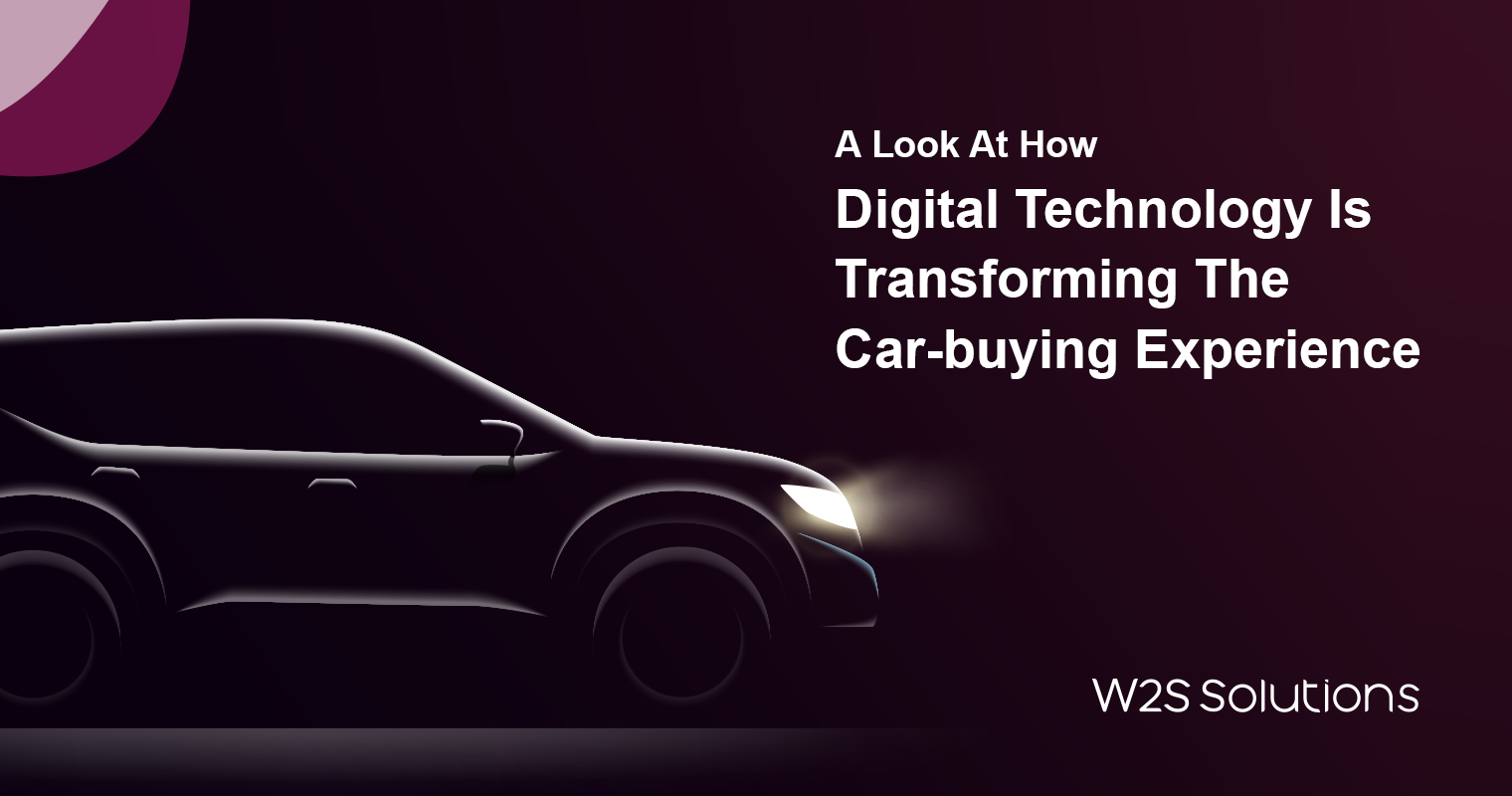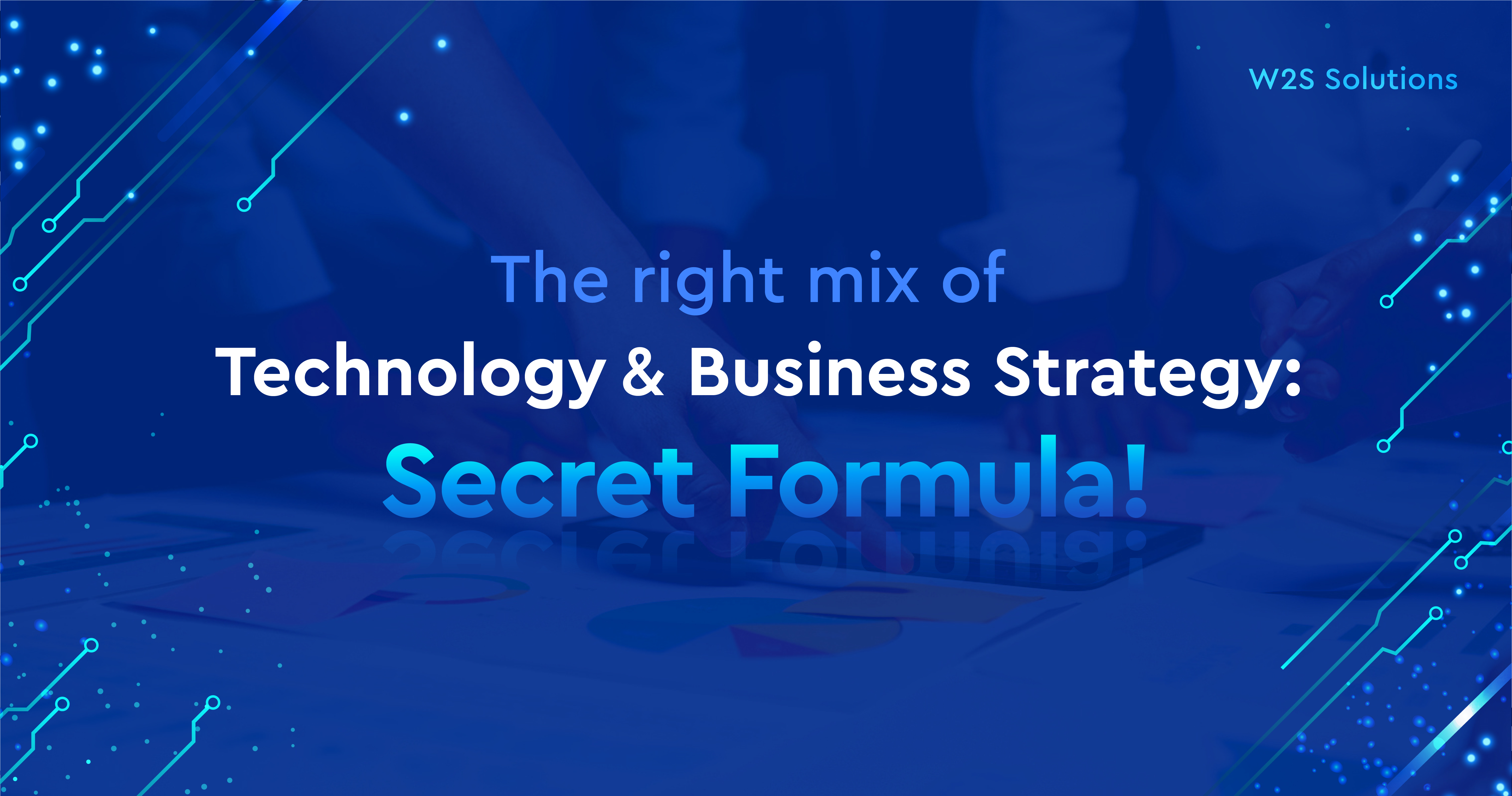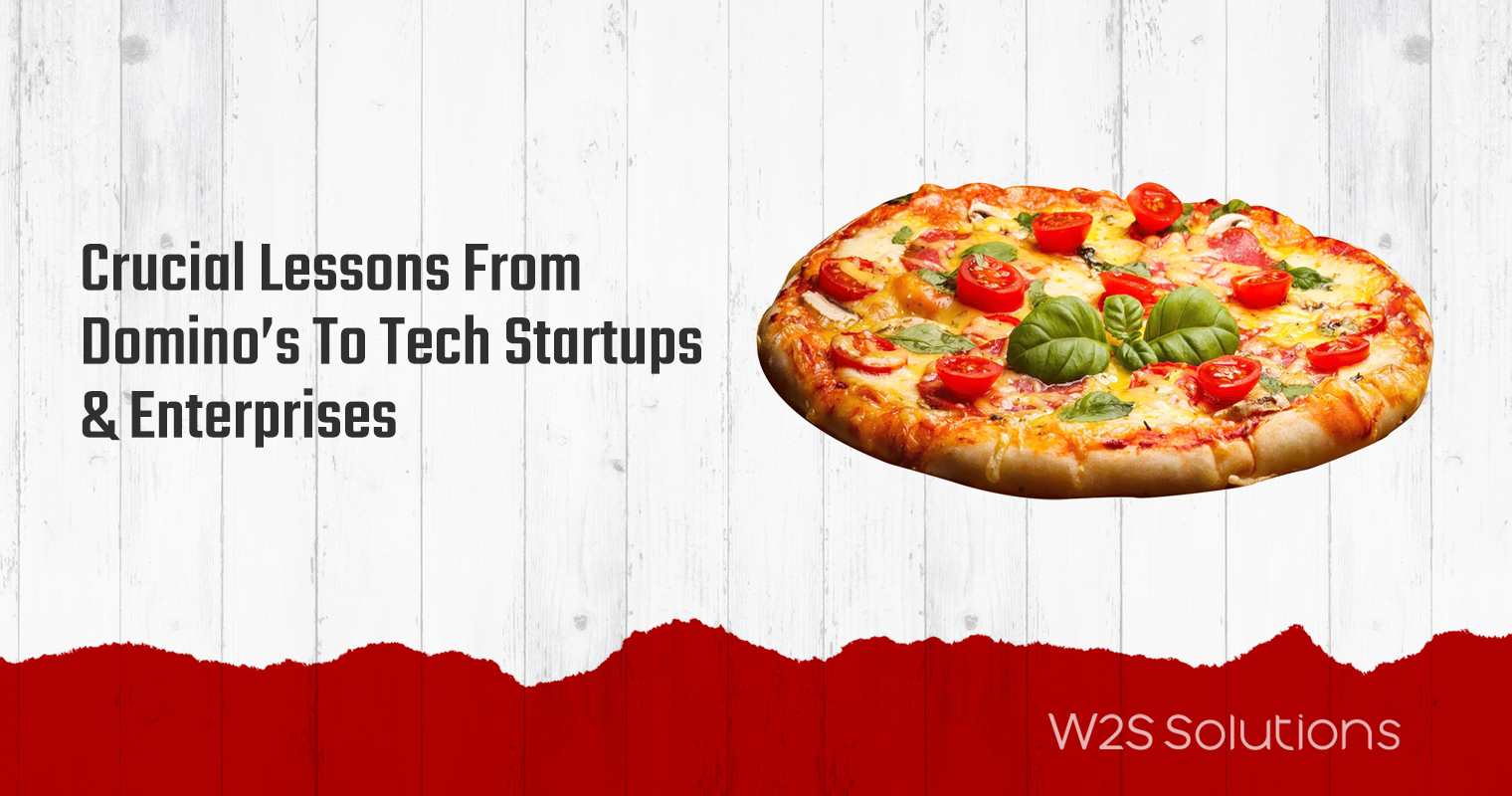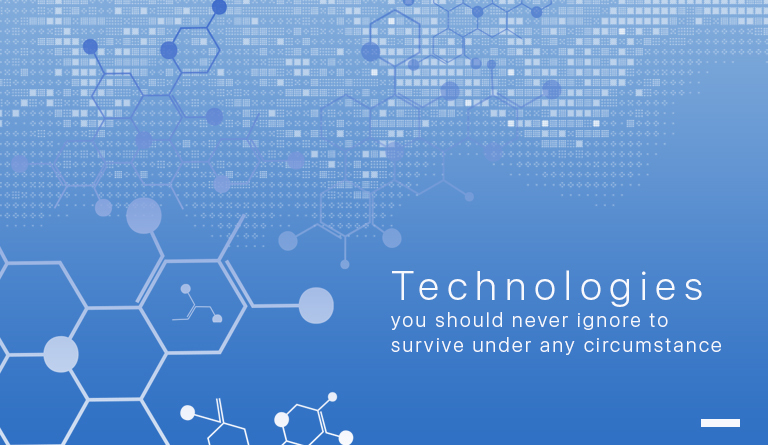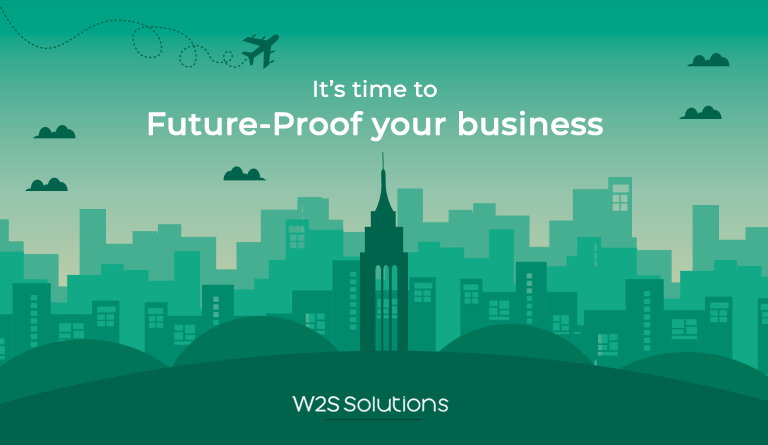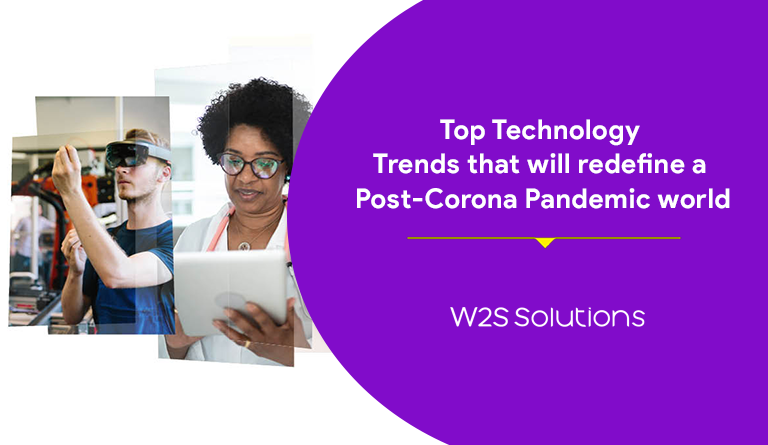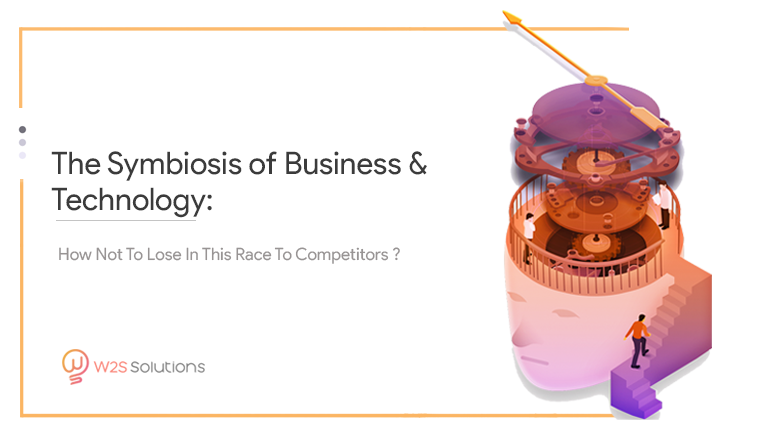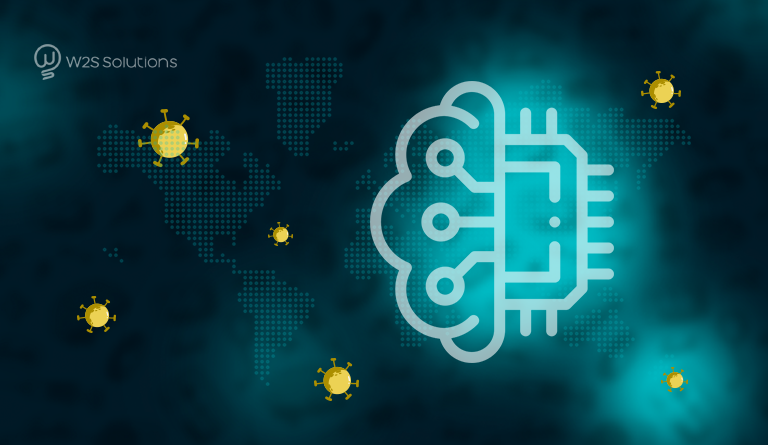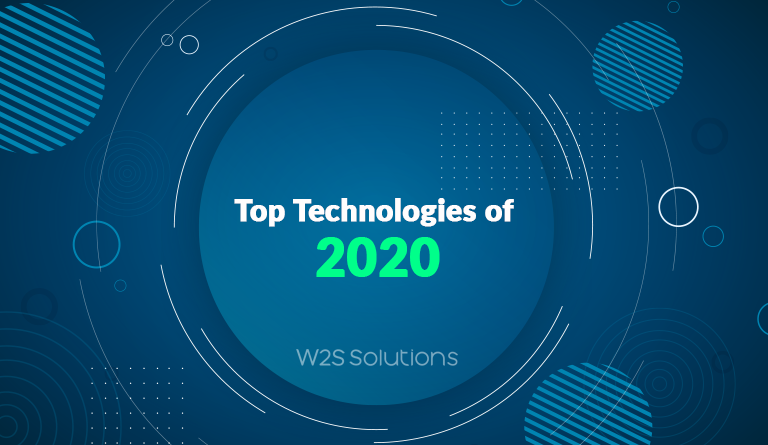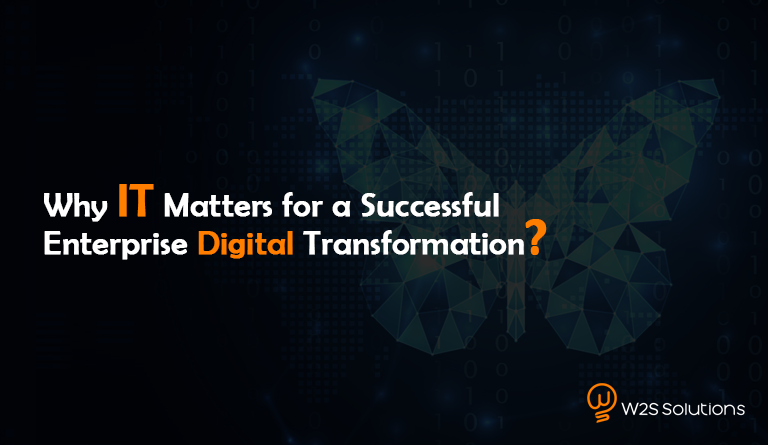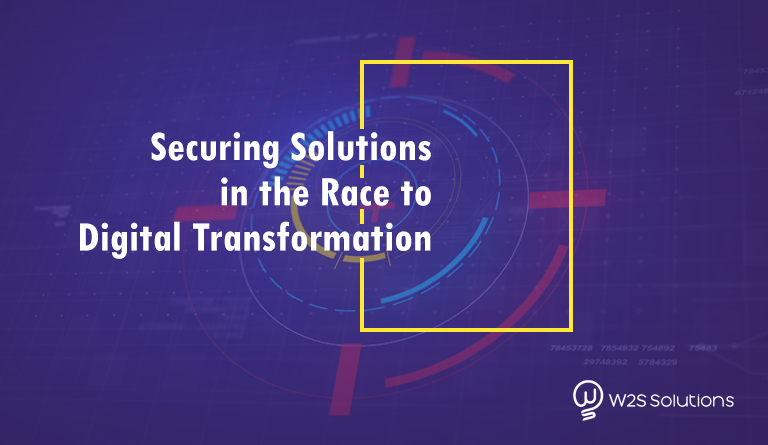The recent pandemic has forced businesses to rethink their whole narrative, and such events are extremely rare to witness. The covid put a heavy toll on us, and if anything, it made us more resilient than ever in the history of humanity. Despite the catastrophe, we witnessed numerous products and platforms that brought us together as a community. But technology was the key player in the market for various reasons. Though companies were picking up their pace of digitalization even before the pandemic, the covid acted as a catalyst, and we have gone through decades of perspective shifts in mere years.
Actually, brands stepped out of their comfort zones to reach their customers. Many brands emerged as global leaders in their respective industries by focusing their efforts on keeping the customer “happy.” The customers of the post-covid world are highly aware. They are conscious of the effect they hold on the brands, and for the first time in the history of business, the brand’s clout didn’t matter.
Many small businesses were able to go toe-to-toe with the industry giants during the pandemic, thanks to technology. They made up for what they lacked in firepower and popularity by reinforcing their user/customer experience. How did they do it? Allowing maximum tech penetration.
Companies that decided to innovate their existing operations were the ones that emerged successful during and post-pandemic. And innovation comes with a hefty cost as human resources become costlier, work-life balance questioned, skills become difficult to acquire, heavy regulations are imposed, financing is narrowed down, and so on! Leveraging technology is the only way to bypass most of these problems and keep up with the fast-paced market.
Innovation, in a pure business sense, can be defined as something that sits perfectly at the center of the customer’s needs and wants. It solves the customer’s problems to be a part of their life yet brings an added value to the customer’s life, which they didn’t realize they missed until you pointed it out.
Brands that successfully paddled to the new world order focused on the following things to leverage innovation and craft better CX.
Digital agility
The ability of an organization to fluidly interact, transform, respond, and react to a particular business event using technology is what we define as digital agility. We see technology as a tool that solves business problems. So, digital agility is something that enables a business to be customer-centric.
It’s the same as being agile in the traditional business sense, but the digital platform provides hyperconnectivity and astronomical computing powers and provides a business with opportunities that would otherwise be impossible to see. For instance, big data analytics solutions help business leaders identify and leverage opportunities even in a narrow marketplace!

With technologies like Big data providing business with a 360-degree view, decision intelligence bringing new perspectives and multidimensional contexts to the process, and cloud and software development accelerating the execution- digital agility sets the ground for innovation and enables the organization to execute their ideas faster while opening up the infrastructure to future expansions.
With customers crowding the digital platforms, brands have the opportunity to be a part of their customer journey with a solid digital strategy. Also, customer data is a crucial resource to instill innovation. Digital agility allows businesses to interact and collect first-hand data from customers on various business processes. Analyzing these data will help you understand how customers interact with your product/service and what you need to do differently to go from point A to B.
Security and privacy
Cyberspace is still evolving, meaning there are loopholes that need to be fixed, and till then, it’s not advised to keep the doors open for strangers! Technology and business are melting into each other, opening up a wide array of opportunities for their customers to interact with them.
Cyberattacks are still a thing, and every time a brand is subjected to an attack, it negatively impacts its consumer base. As a part of their digital transformation, organizations should prioritize their infrastructure’s security-both physical and digital. They should also regulate their privacy policy and draw a strict boundary between them and their customers when it comes to personal data.
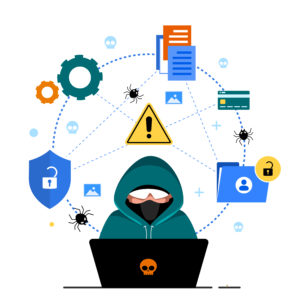
With our increased dependency on the digital medium, privacy and security can be a determining factor for your customer to choose/skip you over other brands. Invasion of privacy and loose security protocols is something that they no longer tolerate.
On the contrary, customers* are willing to share their data with brands they trust to help them serve better. So, the first step in harvesting consumer data is to establish a safer place to store it. Real soon, every business on earth will be powered by the cloud, and enterprises should leverage this platform to visualize a bigger picture.
“Conscious” marketing and advertising
In the digital environment, repetition seems to influence the customer’s actions. The more a brand gets in the vicinity of the customer, the higher the chances of recognition by them. The psychology behind this is the same as traditional advertising and marketing campaigns. Brands build trust among the customers with their marketing campaigns, allowing customers to relate to their idea and identify if the product will add value to their daily life.
However, the customers of the present market are very well aware of the psychology behind advertising and marketing campaigns. They’ve evolved past the “Got milk?” campaign, and many of them find it cliche or manipulative.
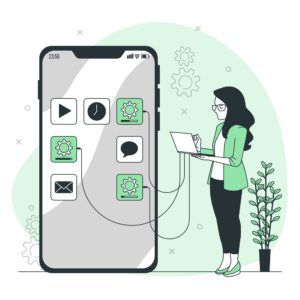
Digital marketing is presenting businesses with a “bigger billboard,” allowing them to reach a massive audience with minimum resources. The dynamics of marketing and advertising are changing. Customers want a product with a vision. When they buy a product, they actually buy what the product stands for.
Post-covid, we saw a massive paradigm shift in consumer behavior. Brand loyalty was questioned. Many customers tried out new brands in the market, and a majority of them found their “new” favorite. Many enterprises capitalized on web application development technologies to build unique eCommerce platforms that funnel their business operations. With competition being intense, many of these brands primarily focused on social media campaigns to reach out to their potential customers.
So, leverage digital, save resources and spend on product research and innovation. That’s the best kind of marketing out there right now!
Focus on personalization
Consumers are subconsciously adapting to the latest tech innovations in the market. They are thrilled about new technologies and are cooperating with brands in their digital journey. Now, some of the best performing and active markets are found in regions with maximum tech penetration. Technologies like 5G will further boost connectivity and intensify the role of the consumer in these transactions.

The intense dependability of the consumer on tech is because of the flexibility it brings to their lives. However, their needs and wants are constantly evolving, and in the digital world, consumers expect personalization. Be it a digital product or a physical product, or a service; consumers want brands to be an extension of their life, not the other way around.
Consumers want more control of their data and their interaction with the brands, while brands want select consumers to be loyal to them. And if you think about it, businesses have the right tools at the right place to make this happen. Now, all that’s left is for the brands to tailor it.
Take away
Technology will be a primary factor if a business aspires to be more customer-centric. However, to match these aspirations, organizations need to be more flexible and take an aggressive stance when it comes to experimentation and innovation. The higher the ability of an organization to perceive change and align its vision toward the changing customer values, the faster it can get to where it wants to go. Many digital transformation companies in the market are enabling organizations and governments to move towards this common goal!
